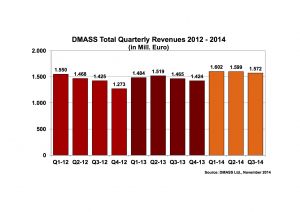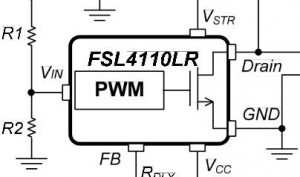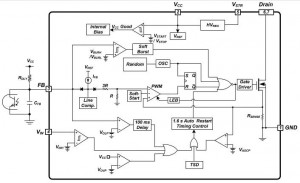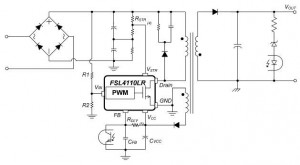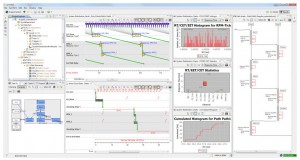
SymTA/S – Symtavision’s model-based system for timing design, performance optimization and timing verification
Symtavision, which specialises in timing analysis solutions for planning, optimising and verifying embedded real-time systems, has announced the release of SymTA/S 3.6 delivering up to 20x faster system distribution and worst-case analysis runtime performance.
SymTA/S 3.6 delivers runtime speed improvements for system distribution and worst-case analyses of between two and 20 times, and often more, depending on the system complexity.
Overall memory usage for analysis runs has also been significantly reduced with 100+ runs also now requiring no more RAM than that required by a single run previously.
Data consistency analysis of multicore systems has been enhanced with an improved capability to explicitly model call types for variable access, added modelling of protected variable accesses such as double buffering and improved performance for systems with many variables.
The FlexRay system distribution analysis now facilitates analysis of frame displacement in the dynamic segment, data loss and used/unused slots per cycle.
The ability to determine system distribution analysis starting behavior has also been enhanced with explicit modeling of the starting points of elements to facilitate the simulation of start-up behaviour and enable user-defined activation patterns. There is also a new data annotation element enabling any kind of additional information in a model to be stored in a generic way.
The AUTOSAR 3.x/4.x importer now supports ARXML files generated by Vector DaVinci and the extraction of more information from incomplete ARXML files. Additionally, trace import in SymTA/S and TraceAnalyzer now works in conjunction with Symtavision’s Lauterbach Trace32 interface and supports more detailed traces such as wait-release behavior.


